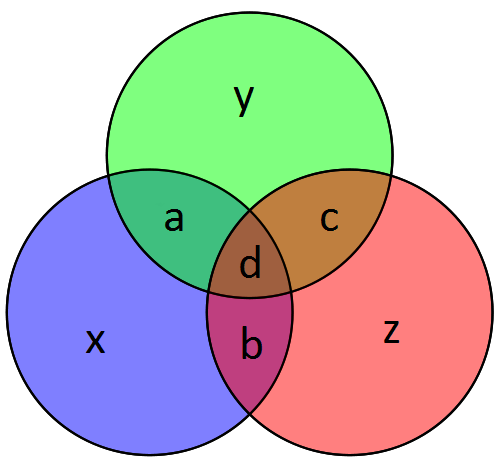Skip over navigation


Or search by topic
Number and algebra
Geometry and measure
Probability and statistics
Working mathematically
Advanced mathematics
For younger learners
Secret Transmissions
Age 14 to 16
Challenge Level 





- Problem
- Getting Started
- Student Solutions
- Teachers' Resources
This Venn diagram shows the relationship between the check bits and the message bits. We can use this to work out which digit has been altered. Suppose we find that yacd and zbcd contain an odd number of 1s, and xabd contains an even number of 1s. We look at the intersection of y, z and not-x (any region that x isn't in), which is c. This therefore tells us that c has been altered in transmission.

You may also like
The Best Card Trick?
Time for a little mathemagic! Choose any five cards from a pack and show four of them to your partner. How can they work out the fifth?
Secondary Cipher Challenge Part 1
Here is the start of a six-part challenge. Can you get to the end and crack the final message?

